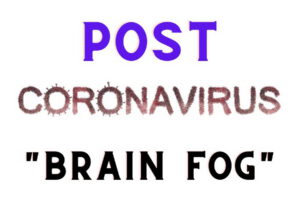![]()
Ischemic Stroke and Hemiplegia
What is an Ischemic Stroke?
Lacking enough blood circulation or ischemia influences brain tissue and also might trigger a stroke. There are 3 kinds of stroke:
- Ischemic stroke – when a vessel providing blood to the brain is blocked in which there is not enough blood flow to the brain to fulfill metabolic demands.
- Hemorrhagic stroke – an artery in or on the surface of the brain has actually broken or leaked, creating bleeding as well as damage in or around the brain.
- Transient ischemic stroke – probably an artery to the brand that is temporarily obstructed, creating stroke-like signs and symptoms, yet the obstruction removes prior to any kind of permanent damage occurring.
Often, the underlying reason for an ischemic stroke is carotid arteries obstructed with plaques. Ischemic stroke comprises approximately 80 percent of all stroke cases. There are 2 sorts of ischemic stroke:
- A thrombotic stroke happens when a blood clot, called thrombus, obstructs an artery to the brain and also stops blood circulation.
- An embolic stroke takes place when an item of plaque called embolus travels from its initial site and obstructs an artery downstream. How much of the brain is harmed or affected relies on particularly just how far downstream in the artery the obstruction happens.
In most cases, the carotid or vertebral arteries do not end up being totally obstructed, and a small stream of blood trickles into the brain. The reduced blood circulation to the brain deprives the cells of nutrients and swiftly brings about a malfunctioning of the cells. As a part of the brain stops functioning, signs of a stroke happen. During a stroke, there is a core location where blood is totally removed and the cells die within 5 mins. Nonetheless, there is a much bigger area known as the ischemic penumbra that surrounds the core of dead cells. The ischemic penumbra contains cells that are weak and cannot function yet are still alive called idling cells that can survive in this state for 3 hrs. However, just 3 to 5 percent of those that endure a stroke get to the healthcare facility in time to be considered for treatment.
What causes Hemiplegia?
Hemiplegia is paralysis that impacts just one side of your body. These symptoms are commonly an essential indication of a severe or deadly condition like a stroke. Hemiplegia is brought on by injury to part of the brain that manages movements of the arm or legs, body, face, and so on. Right or left hemiplegia, depending upon the side impacted. Usually, injury to the left side of the brain will certainly cause right hemiplegia, and injury to the right side is left hemiplegia. If it occurs as an outcome of injury or illness, it is called acquired hemiplegia. The common cause is a stroke, yet it can additionally arise from a head injury or infection.
Hemiplegia is a key indicator of a stroke, which is a dangerous clinical emergency situation. To identify the signs and symptoms of a stroke, keep in mind to assume FAST:
- F is for face – look for a droop on one or both sides of their face, which suggests paralysis (facial hemiplegia) or muscular tissue weakness.
- A is for arms – ask the patients to elevate their arms. If they have one side weakness or paralysis, one arm will certainly remain higher while the other will certainly down downward, or will not raise up at all.
- S is for speech – strokes commonly cause a patient to lose their ability to talk. They may slur their speech or have difficulty selecting the correct words.
- T is for time – time is important, so immediately obtain assistance! Remember the moment when signs begin. Informing a doctor when the signs and symptoms begin can help them recognize what therapy choices are best.





